STANTON Walter C1790 or STAUNTON
Walter Staunton is as far back as we can get with the family in Ireland. Always elusive and difficult to trace we have found one Walter in what is called the Tithe Aplotment Books
The Tithe Applotment Books were compiled between 1823 and 1837 in order to determine the amount which occupiers of agricultural holdings over one acre should pay in tithes to the Church of Ireland (the main Protestant church and the church established by the State until its dis-establishment in 1871). There is a manuscript book for almost every parish in the country giving the names of occupiers, the amount of land held and the sums to be paid in tithes.
Here in these books we find Walter Staunton in Graffey, Shrule, County Mayo. The boundary between Mayo and County Galway lies on the edge of the village. The Black River divides Shrule between Galway and Mayo.Tradition has it that the village derived its name from “Sruth-fuil†or ‘the stream of blood’ as a result of a massacre at the Shrule Bridge in 1641. This is totally incorrect as the name found in 13th Century documents is given as Strothyr. In succeeding centuries it is presented as Shrure, Shrower, Shruair, etc; but the ‘L’ was not introduced to the name until the 17th Century. http://www.shrule.net/
Shrule is a village with a rich and colorful history. Its location on the Black River separating Mayo and Galway accounts for the fact that Mayo was the last county to yield to the Norman invaders. Shrule Castle was built circa 1238 by Richard de Burgo; the Normans having broken the treaty of Windsor ratified between Rory O’Conner and King Henry II in 1175 whereby Rory (the then High King) was to be left sovereignty of Connacht unmolested by Anglo Norman Lords. The Norman Lord’s broke the treaty two years later and gradually gained a stronghold in Connacht, and built castles for their own protection. The castles at Shrule, Kinlough, Houndswood, Ballycurrin, Ballisnahyna and Mochorra were built at this time and occupied by varying factions of the De Burgo clans, or their Gallowglasses. For more information click here.
Shrule has a church, Saint Joseph’s Church (Roman Catholic).It belongs to the Diocese of Galway, Kilmacduagh and Kilfenora.
Description of Shrule in 1837
“Shrule, or Shruel, a parish, in the barony of Kilmaine, county of Mayo, and province of Connaught, 3 _ miles (N) from Headford, on the road from Galway to Westport; containing 4167 inhabitants, of which number, 507 are in the village. This parish is situated on the river Blackwater, which running through the village separates the counties of Mayo and Galway: comprises 8959 statute acres, as applotted under the tithe act. The land is of good quality, and chiefly under tillage; the system of agriculture is much improved and the wheat produced here is considered to be the best in the country: the waste land is bog, which might be easily reclaimed and converted into good pasture. Limestone of excellent quality is found in abundance and quarried for agricultural purposes and for building.
The village contains 16 houses, many of which are neatly built, and the climate is such as to render it a desirable residence for invalids. To the rear of Riverview is a hamlet called Gurtloygraph, in which are many instances of longevity. An extensive brewery is carried on, and there are large corn-mills, the property of R. Golden Esq. A market for corn is held here every Thursday, which is abundantly supplied; and there are fairs on Easter-Monday, July 26th and Nov. 11th. A constabulary police force is stationed in the village, and petty sessions are held on alternate ThursdaysAbout five miles from Shrule is a Franciscan convent, endowed by the Lynch family with 30 acres of land, to which is attached a chapel. There are three private schools, in which are about 100 children. Some interesting remains of the old castle and of the ancient abbey of Shrule are still in existence. In the demesne of Ballycurrin are the remains of the castle of that name, in good preservation; the floors are still perfect, and it might easily be rendered habitable; from the summit are extensive views of Lough Corrib, Connemare and the surrounding country.
These descriptions were written before the Great Famine of 1845-8 and therefore describe Shrule before the potato crop rotted and about two million four hundred thousand people in Ireland either died from hunger and disease or emigrated from Ireland.
http://shrule.com/?page_id=614 This link will show you the current owners and occupiers of the lands in Shrule
More recent family from the village
This Walter may not be ours but who knows, he may be connected in some way or another.
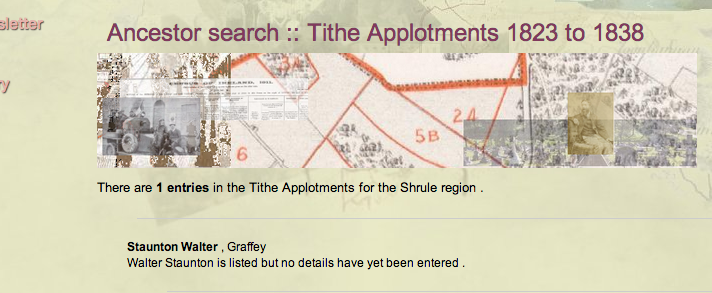
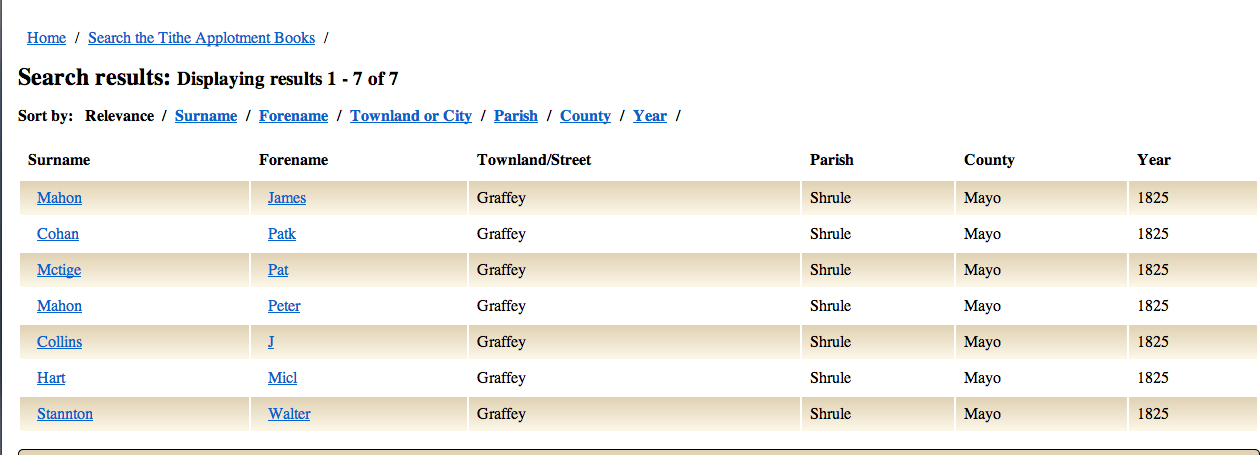
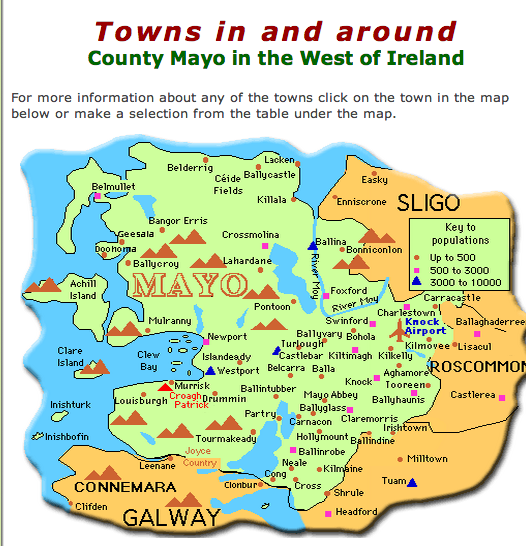
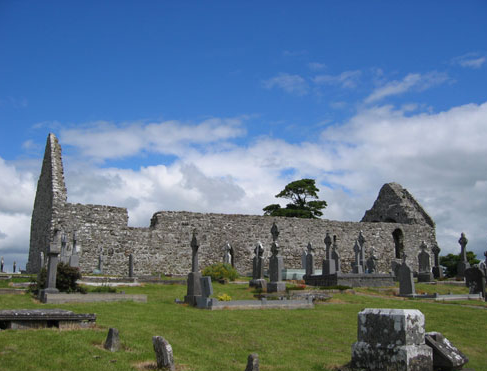
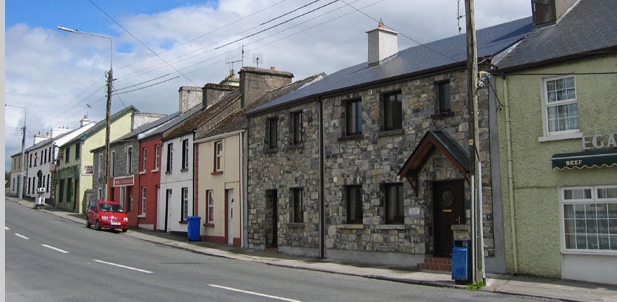
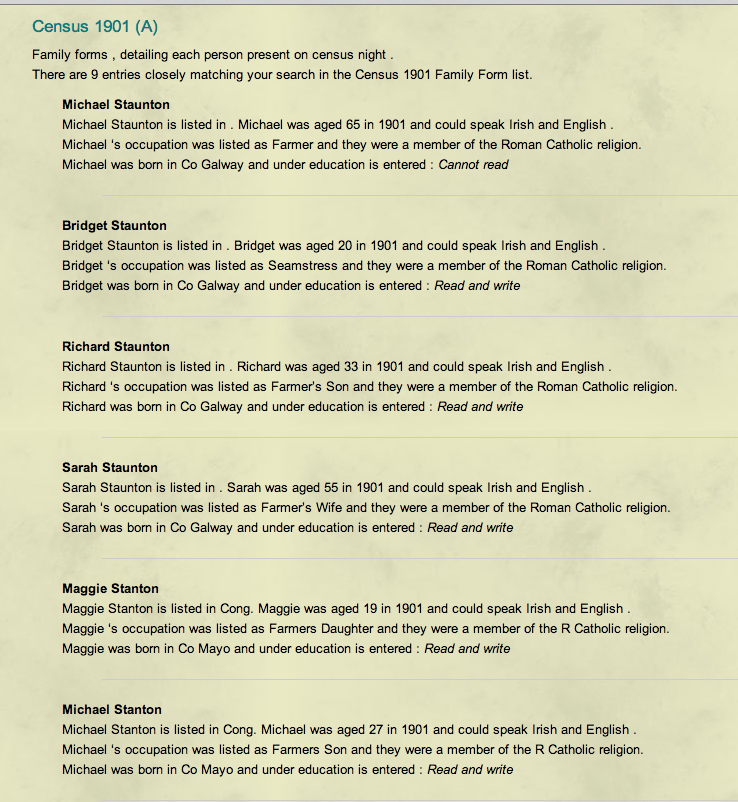
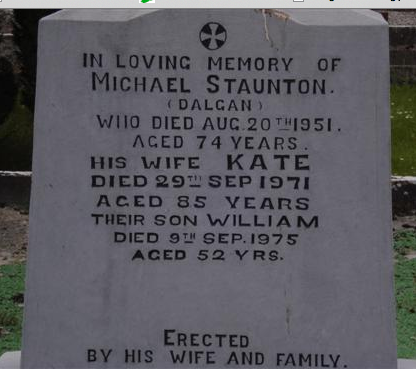
Leave a Reply